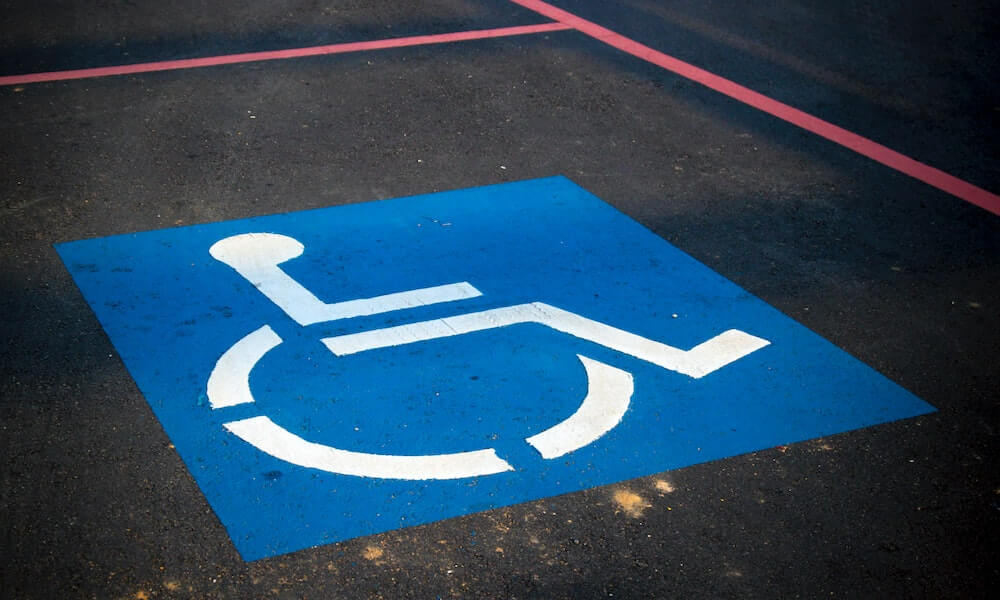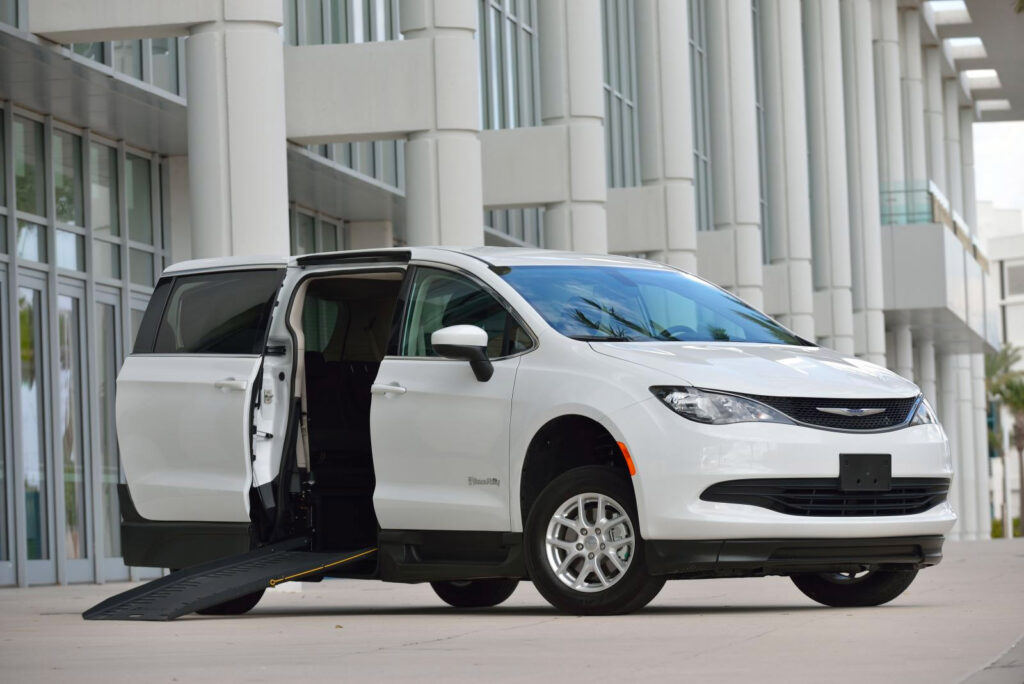What To Know About Hand Controls For Disabled Drivers

What To Know About Hand Controls For Disabled Drivers
For any number of reasons, a person’s ability to safely control a vehicle can deteriorate or suddenly be extinguished. However, instead of simply surrendering their driver’s license, there’s an alternative to operating a vehicle without putting themselves or others in danger.
Many disabled drivers today use hand controls, which allow for them to use a combination of pull and push levers to effectively drive. No longer is it necessary for people with disabilities to surrender their independence when it comes to getting around.
Here we’ll give you more detail regarding what hand controls are and answer some of the common questions surrounding this innovative tool for enabling disabled drivers.
What Are Hand Controls For Disabled Drivers?
Put simply, hand controls are a way for disabled drivers to operate a vehicle, tuned to each person’s specific disabilities. The systems often rely on one of four basic designs — push/pull, push/right angle, push/twist or push/rock — based on the driver’s abilities and needs.
The controls are installed by professionals to ensure their proper use, and every candidate is carefully evaluated to ensure they’re capable of maneuvering the controls safely. The orientation and configuration of the controls is customized to provide the disabled driver with the maximum amount of comfort and confidence.
Before hand controls can be installed, a doctor’s prescription approving the initial evaluation is required. From there, the driver will need to be evaluated by a handicap rehabilitation specialist, who will determine whether or not hand controls are the best approach. Keep in mind that the evaluation will also take into consideration the driver’s capabilities on their weakest day as well as how their disabilities are progressing.
Different Types of Hand Controls:
There are many manufacturers of hand controls, and all have their own unique takes on the technology. However, in general, most offer one (or many) of the following traditional designs to help disabled drivers gain back their independence.
- Push/pull: This configuration allows the driver to brake the vehicle by pushing on the control. Then, to accelerate, the driver will need to pull on the control, with a functionality that requires maintained pressure for sustained acceleration.
- Push/right angle: This configuration is similar to the push/pull, but the control is generally positioned horizontally instead of vertically. The driver will push on the control to apply the brakes, and then pull the control down in a 90-degree arch to accelerate.
- Push/twist: Again, not much different than the other configurations other than the motion to apply the gas. The driver will push on the control to apply the brakes, or twist the control (which usually features a thumb bar for added leverage) to accelerate the vehicle.
- Push/rock: Another similar approach. With the push/rock configuration, the driver pushes on the control to brake and rocks back on the control to accelerate.
All of the above configurations are safe and viable for most disabled drivers, but some may be better fits based on disability and comfort. Some (particularly the push/rock) allow for more two-hand contact with the steering wheel and easy access to the turn signal stick, but the best option often comes down to the individual driver’s needs. Spinner knobs can also be installed, and make steering easier for configurations that allow only one hand to be on the steering wheel at a time.
Other, more high-tech options are available as well. Ranging from steering-wheel-mounted switches to accelerator rings that sit inside the steering wheel, various companies are producing innovative solutions on a regular basis. The question then becomes how much do you want to spend on your hand controls?
Most recently made vehicles with an automatic transmission are compatible with hand controls as long as there’s enough leg room for the driver to sit comfortably without impeding the function of the control’s various structures.
Is It Legal To Drive A Car With Hand Controls?
Yes. It is absolutely legal to drive a car using hand controls. With that said, it’s not as simple as getting the device installed and taking it out on the road.
As mentioned earlier, the disabled driver first needs to get a prescription to take the evaluation. Then, the specialist needs to determine that the use of hand controls is necessary and that the driver is capable of safely using them.
From there, behind-the-wheel training is required before disabled drivers are legally cleared to take control of a modified vehicle. A valid driver’s license and a physician’s referral is required before the driver can apply for this training, which can be found through the assistance of a local bureau of motor vehicles, local driving school, or a rehabilitation specialist.
Depending on the desired hand control, the driver’s disability, and level of technological difficulty, the training can range from 10-40 hours. The training will include further evaluations as well as behind-the-wheel instruction. If the instructor determines that the disabled driver can handle the hand controls effectively in all driving scenarios, they can prescribe for the hand controls to be installed. Ongoing training during the transition may be necessary.
How Much Does It Cost To Install Hand Controls?
The great thing is that hand controls work with nearly all modern vehicles with an automatic transmission. So purchasing an entirely new car shouldn’t be necessary.
As for the device itself, the range is quite wide. For a basic mechanical hand control, the price should be anywhere from $500-$2,000 based on the device and any needed modifications. However, the advanced technological options can reach up to $100,000 based on the vehicle and what systems are integrated into the hand controls.
Hand controls should not be installed by the driver, and should instead be handled by a professional. Prices vary widely based on location, vehicle, device and modifications.
Other costs to consider are the prices of the evaluation and training. These costs and the cost of the equipment may be covered or partially covered by insurance.




